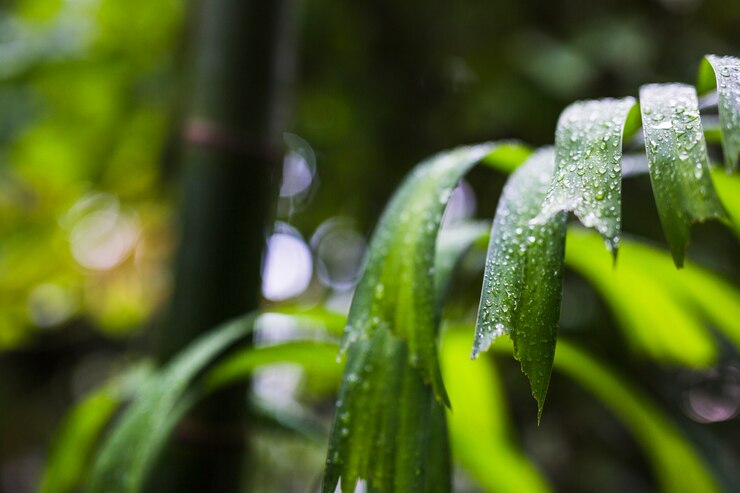When designing a rain garden in Seattle, selecting native plants is key to creating a sustainable, low-maintenance, and eco-friendly garden. Native plants are well-adapted to Seattle’s rainy climate, and they provide essential habitats for local wildlife, including birds, bees, and butterflies. Here are some of the best native plants to consider for your rain garden.
1. Pacific Ninebark (Physocarpus capitatus) Pacific ninebark is a hardy shrub that thrives in moist conditions, making it ideal for the center of your rain garden where water tends to pool. It produces clusters of white flowers in the spring and features peeling bark, adding visual interest to your landscape.
2. Western Sword Fern (Polystichum munitum) This evergreen fern is perfect for shady rain gardens. It can tolerate both wet and dry periods and adds lush, year-round greenery. Its dense fronds provide excellent ground cover, preventing erosion.
3. Oregon Grape (Mahonia aquifolium) Oregon grape is a versatile shrub that thrives in a variety of conditions. It produces vibrant yellow flowers in the spring, followed by dark blue berries that attract birds. The leaves are glossy and resemble holly, providing a unique texture to your garden.
4. Red-Osier Dogwood (Cornus sericea) This deciduous shrub is known for its striking red stems, which add color to your garden in the winter. It grows well in wet areas and produces white flowers in the spring and berries that attract birds.
5. Coastal Strawberry (Fragaria chiloensis) For ground cover, coastal strawberry is an excellent choice. This hardy plant thrives in moist conditions and produces edible berries in the summer. It’s also a favorite for attracting pollinators like bees and butterflies.
6. Tufted Hairgrass (Deschampsia cespitosa) Tufted hairgrass is a native grass that works well in rain gardens, particularly around the edges. It grows in dense clumps and produces tall, airy flower heads that sway in the breeze, adding a soft, natural look to your garden. By choosing these native plants, you’ll create a sustainable rain garden that requires minimal maintenance and supports the local ecosystem.
